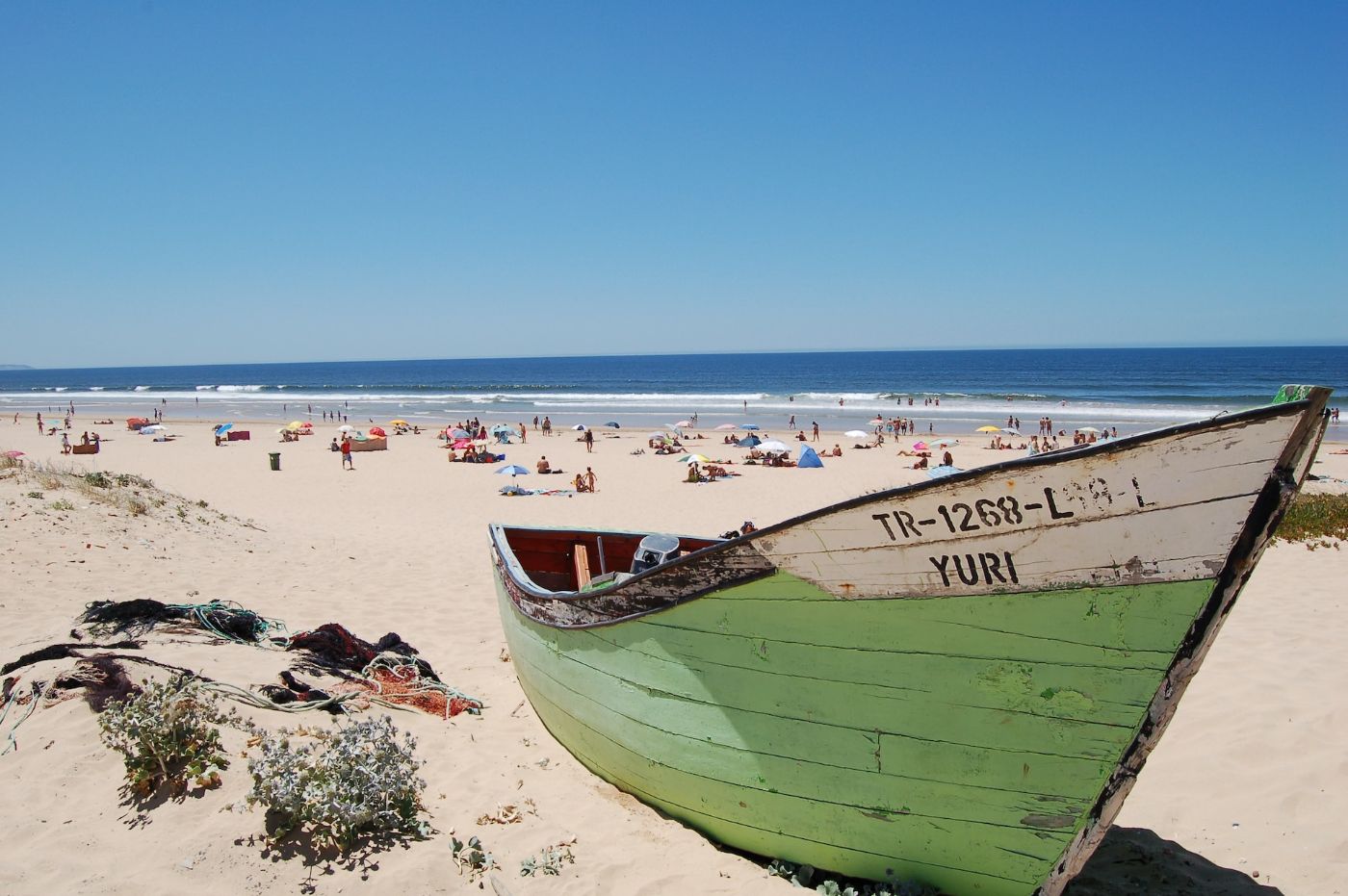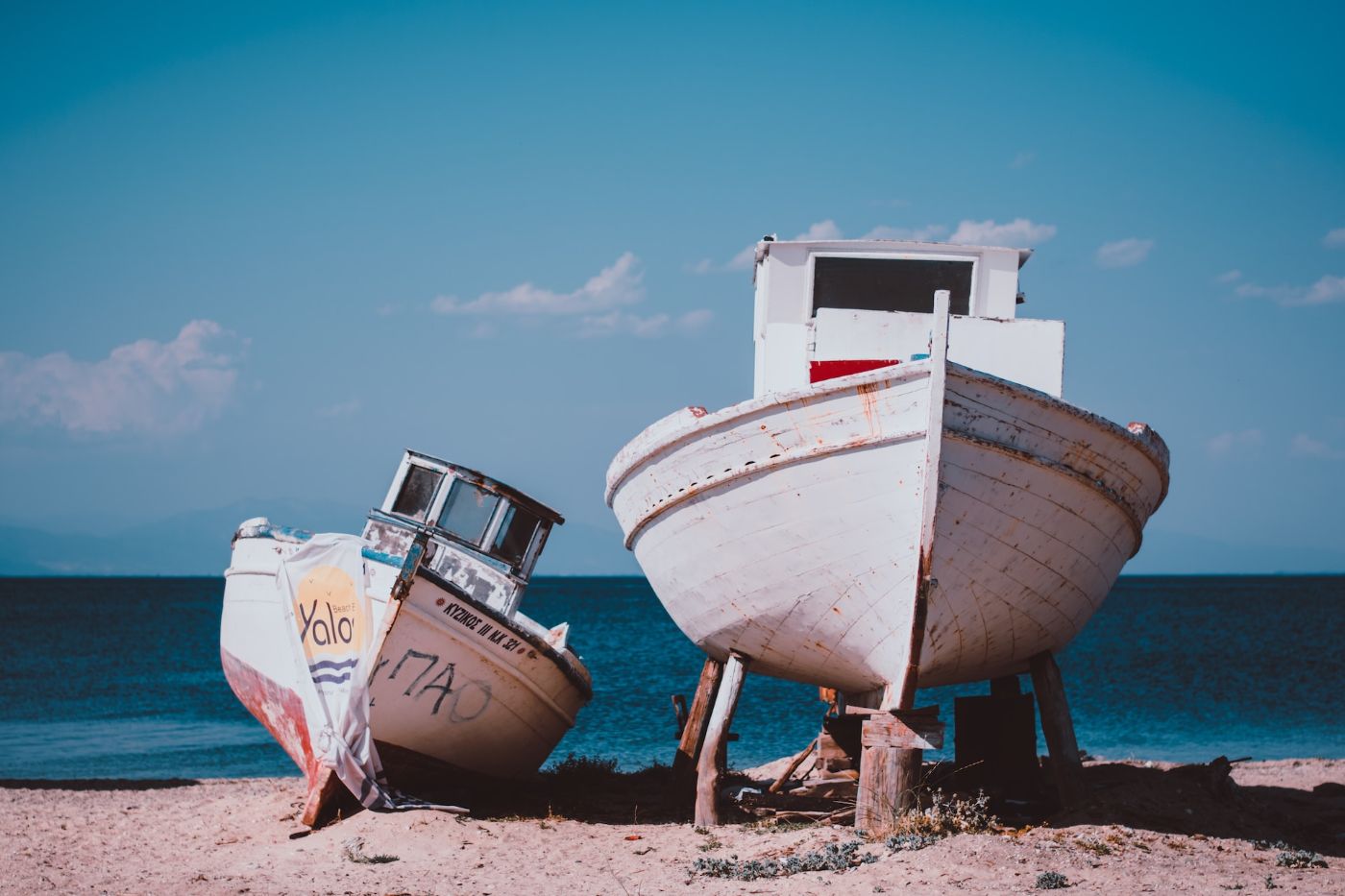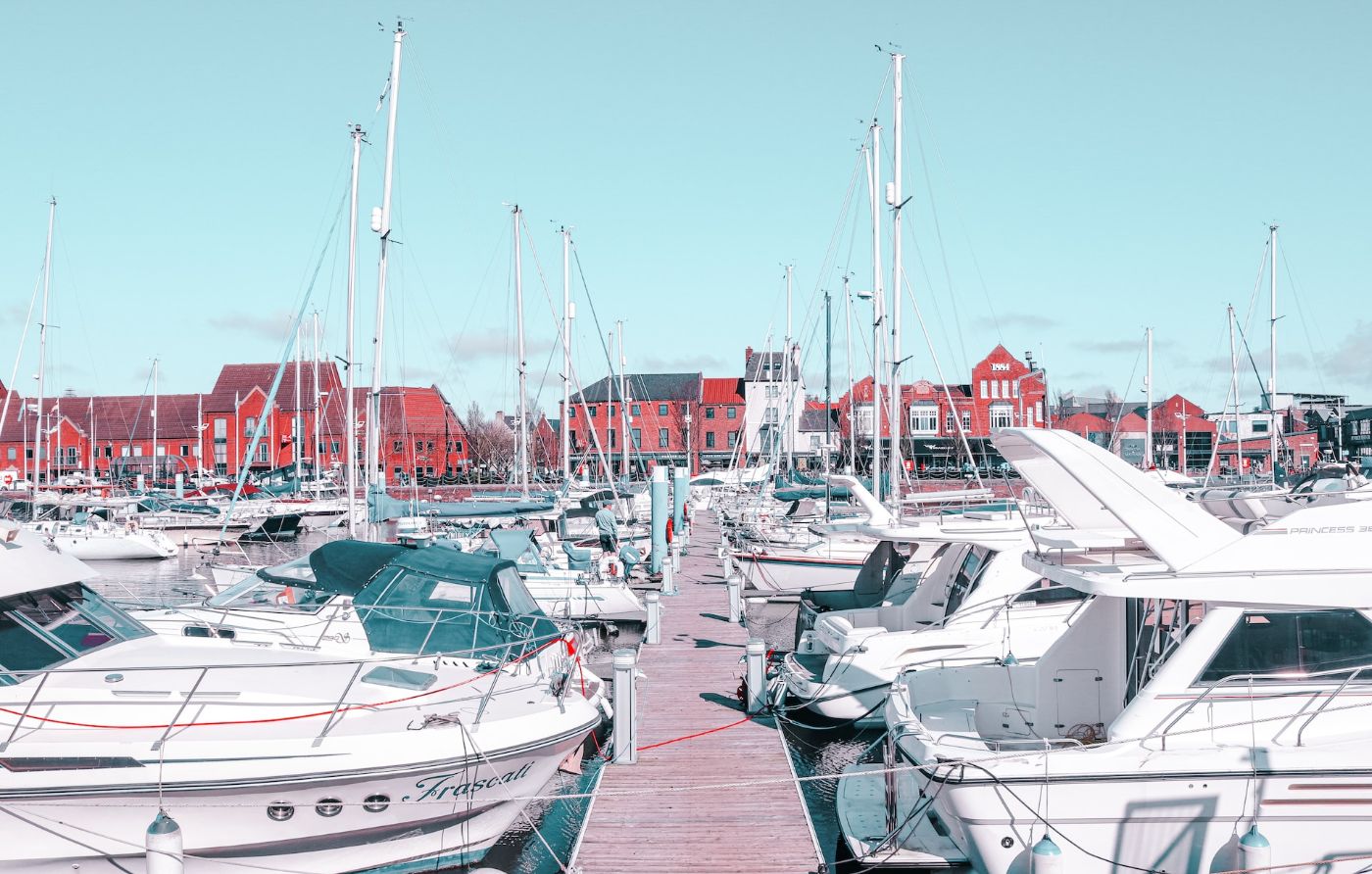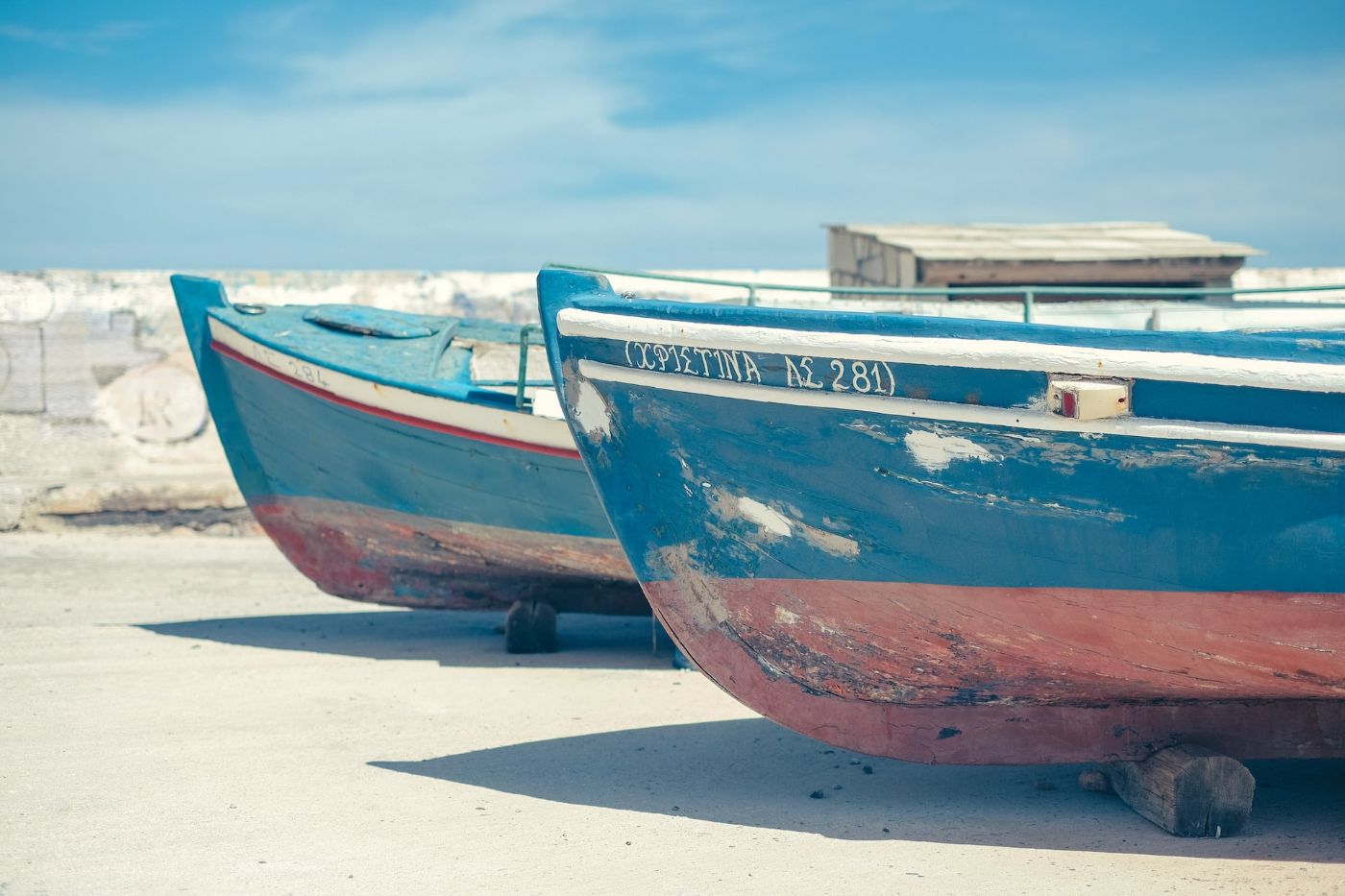How To Get a HIN Number For Your Boat (3 Easy Steps)
The Hull Identification Number (HIN) is a unique 12-character identification code assigned to a boat that is used by authorities to track its history and ownership. If you're a boat owner, you'll need to obtain this number to ensure that your boat is registered and legal to operate on the water. Fortunately, getting a HIN number is a relatively simple process that can be completed in just three easy steps.
Gather the required information for the HIN application, such as the boat's make, model, year, length, and hull material. Submit the application to the U.S. Coast Guard or any state boating agency. When you receive your HIN, install it in a visible location, such as on the transom or on the interior of the boat's hull.
The first three letters of the HIN are the Manufacturer Identification Code (MIC), which identifies the boat manufacturer. The next five digits are the boat's serial number, and the last four digits represent the month and year of manufacture. Let's see below how important these pieces of information are when it comes to owning a boat.
Summary
- When getting a Hull Identification Number, you might need to show the boat's information, proof of ownership, and your personal information.
- You may submit your application to the U.S. Coast Guard or any state boating agency, and expect to pay at least $25–$100 for the processing of your HIN.
- The US Coast Guard requires that the HIN be specifically affixed to the boat's transom on the starboard (right) side.
- You can use an online HIN decoder tool to find out the manufacturer of your boat, such as Boatfax, Boat History Report, or HIN Decoder.
- Some non-motorized boats, such as canoes, kayaks, and rowboats, can be exempt from the HIN requirement if they don't meet certain criteria required by some states to have HIN.

On this page:
Step-by-Step Guide to Getting A HIN Number For Your Boat
Below are three easy steps to help you get a HIN for your boat:
Step 1: Gather the required information for the HIN application
Before you can apply for a HIN number for your boat, you'll need to gather some basic information about it. You may also need to provide information about the boat's propulsion system, such as whether it has an inboard or outboard motor.
Some agencies may also require proof of ownership. Additionally, you may need to provide your personal information. Here's a complete list of all the necessary information and documentation you need to have before submitting your application.
- Boat make
- Boat model
- Boat year
- Boat length
- Hull material
- Propulsion system (inboard or outboard motor)
- Proof of ownership (bill of sale or registration certificate)
- Personal information (name, address, and contact details)
Step 2: Submit the HIN application to the appropriate agency

Once you have all the necessary information, you'll need to submit an application for a HIN number to the appropriate agency.
The application process may vary depending on the agency, but generally involves filling out a form and paying a fee. You may also need to provide supporting documentation, such as proof of ownership or a builder's certificate.
When submitting, you may also want to double-check that all the information provided is accurate and complete. Any errors or omissions could delay the processing of the application or even result in a denial of the HIN number. Below are some agencies where you can submit the HIN application, depending on where you are:
| Country | Agency | Estimated fee |
|---|---|---|
| United States | U.S. Coast Guard or state boating agency | $25-$100 |
| Canada | Transport Canada | $250 |
| United Kingdom | Maritime and Coastguard Agency | £52 |
| Australia | Australian Maritime Safety Authority | AU$80-$200 |
| New Zealand | Maritime New Zealand | NZ$115 |
Step 3: Receive and install your HIN
After your application has been processed and approved, you'll receive a HIN for your boat. This is typically a 12-character alphanumeric code that is unique to your vessel.
You'll need to install this number in a visible location, such as on the transom or on the interior of the hull. This is to make it easy for authorities to identify the vessel in case of theft, accidents, or other incidents. A visible HIN number can also help prevent fraudulent transactions and ensure that the boat is legally registered.
Different agencies have different installation requirements such as follows:
HIN installation requirement in the United States

The Coast Guard requires that the HIN number be affixed to the boat's transom (the flat back part of the boat) on the starboard (right) side. The HIN number must be at least 1/4 inch tall and be visible from outside the boat. The HIN number can be engraved, stamped, embossed, or otherwise permanently affixed to the transom.
To be familiarized with the different parts of a sailboat, such as transom and starboard, you can read this article.
HIN installation requirement in Canada
Transport Canada requires that the HIN number be affixed to the boat's hull (the body of the boat) in a visible location. The HIN number must be at least 6 mm tall and be visible from outside the boat. The HIN number can be engraved, stamped, etched, or otherwise permanently affixed to the hull.
HIN installation requirement in Australia
The Australian Builders Plate (ABP) serves as the HIN number and must be permanently affixed to the boat in a visible location. The ABP must include information about the boat's manufacturer, model, year of production, and other specifications. The ABP can be engraved, stamped, or otherwise permanently affixed to the boat's hull or transom.
Decoding Your HIN
The HIN is a unique 12-digit number that identifies your boat and distinguishes it from others. It's similar to a VIN number on a car, and it's required by law for all boats manufactured or imported into the United States since 1972.
This number combination of letters and numbers that identifies the manufacturer, boat model, and date of manufacture. The U.S. Coast Guard requires all boats to have an HIN to help prevent theft and aid in the recovery of stolen vessels.
Now that you have obtained your HIN number, let's decode each of its constituents:
The first three characters represent the Manufacturer Identification Code (MIC)
This code is assigned to boat manufacturers by the U.S. Coast Guard and is used to identify the manufacturer of the boat. You can use a HIN decoder tool to find out the manufacturer of your boat. Here are some examples of online HIN decoder tools:
When looking for a specific boat manufacturer, here are some top recommendations you might want to consider.
The next five characters represent the serial number
This number is assigned by the manufacturer and is unique to each boat. It is used to identify the boat's model year and production sequence.
This information might be needed for warranty and recall purposes, as well as for tracking the boat's history and ownership. Without the serial number, it would be difficult to accurately identify and track a specific boat.

The last four characters represent the date of certification
The certification date indicates that the boat has passed the safety and performance tests required by the U.S. Coast Guard. This includes requirements for flotation, ventilation, fuel systems, electrical systems, and more. Certification must be renewed periodically, usually every few years, to ensure that the boat continues to meet safety standards.
Importance Of The Hull Identification Number
Here are a few reasons why a Hull Identification Number (HIN) is important:
The HIN is essential for boat safety and registration purposes
It helps authorities identify your boat in case of theft, accidents, or other emergencies. It's also required by law to have a HIN on your boat, and you must display it on the hull of your boat. The HIN can also help you trace the history of your boat, including its previous owners, repairs, and maintenance.
Having a HIN is also essential for insurance purposes
Your insurance company will use your boat's HIN to identify your vessel and determine the appropriate coverage. Without a HIN, you may not be able to get insurance coverage for your boat.
Looking to get your boat insured? Here are 10 things your boat insurance should cover.
The HIN also serves as a way to track boat ownership
When you purchase a boat, try to check if the HIN matches the one listed on the title and registration documents. This helps to prevent fraud and ensures that you're the rightful owner of the vessel.
The HIN is an essential tool for identity and safety
In the event of an accident or emergency, the HIN can help emergency responders quickly identify your boat and provide assistance. It also allows the Coast Guard to track down the manufacturer and obtain critical information about your boat, such as its weight and carrying capacity.
Special Cases: Homemade Boats, Non-Motorized Boats, Others
In the United States, all boats manufactured or imported on or after November 1, 1972, are required to have a Hull Identification Number (HIN). However, there are some exceptions to this requirement:
Some homemade boats can be excepted from the HIN requirement
Homemade boats that are not intended for sale can be exempted from the HIN requirement. They are exempted because they are not manufactured by a boat builder or importer. Instead, they are typically built by individuals for personal use and are not intended for sale or distribution.
However, if the owner of a homemade boat chooses to sell the boat, they may be required to obtain an HIN in order to comply with state and federal regulations.
You can apply for a HIN number through your state boating agency. You might also need to provide proof of ownership and a description of the boat's construction, including the materials used and the date of manufacture.
Your state boating agency will then assign a unique identifier to your boat, which you will need to permanently affix to the starboard side of the transom, or in an unexposed location on the interior of the boat.
Boats that were manufactured before the federal requirement are also exempted
Prior to November 1, 1972, there was no federal requirement for boats to have a Hull Identification Number (HIN). Therefore, boats that were manufactured before that date are exempt from the HIN requirement.
This exemption was established by the U.S. Coast Guard to avoid requiring boat owners to retrofit their older boats with HINs, which could be difficult, expensive, or even impossible in some cases.
However, many states have their own boating regulations that require boats to be registered and to display identification numbers. In order to comply with these state requirements, many older boats have been retrofitted with an HIN. This involves assigning a unique identifier to the boat and permanently affixing it to the hull.
The process of retrofitting an older boat with an HIN typically involves contacting the state boating agency and providing documentation of the boat's age and ownership. The state may then assign an HIN to the boat, which must be affixed to the hull in a specific location according to state regulations.
Some non-motorized boats are excluded from this requirement
Non-motorized boats such as canoes, kayaks, and rowboats are exempt from the HIN requirement. Since non-motorized boats are generally considered to be less of a safety risk than motorized boats, they are exempted from the rule.

Non-motorized boats are also typically smaller and slower than motorized boats, and they are less likely to be involved in accidents or collisions. Additionally, they are often used in bodies of water where motorized boats are not permitted, such as small lakes or shallow rivers.
However, this exemption is not universal because some states may require non-motorized boats to have a HIN if they meet certain criteria, such as the following:
-
In California, non-motorized boats that are less than 8 feet in length are exempt from HIN requirements. However, non-motorized boats that are 8 feet or longer and have a permanently affixed motor or sail must have a HIN.
-
In Florida, non-motorized boats that are less than 16 feet in length are exempt from HIN requirements. However, those that are 16 feet or longer and have a motor or sail must have a HIN.
-
In New York, non-motorized boats that are used for commercial purposes, such as rental or tour boats, must have an HIN regardless of their length.
Did you find the answer to your specific question?
👍 0 👎 0




Leave a comment